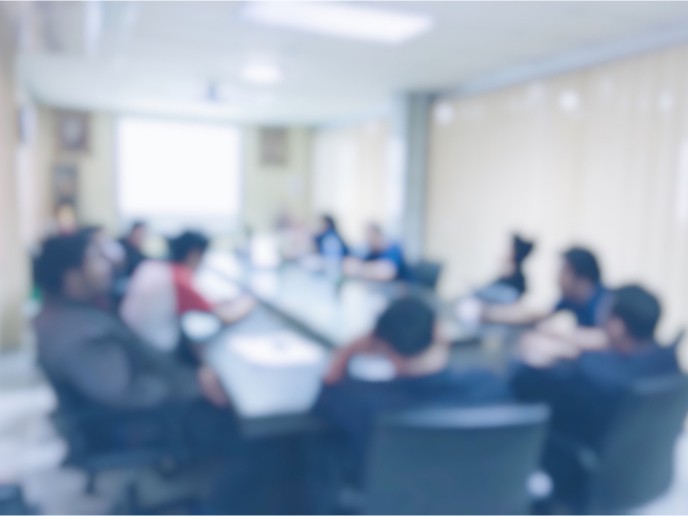Open access to mountains of research
The concept of open access (OA) refers to publishing research material on the web for all to enjoy. The popularity of OA has increased in recent years, speeding up the exchange of knowledge and increasing the availability of research outputs. The European Organisation for Nuclear Research (CERN) is spearheading an EU-funded project on the 'Study of open access publishing' (SOAP). The project is investigating sustainable business models to promote scholarly publishing, as publishers experiment and explore new opportunities. The project consortium comprises key stakeholders in the field such as publishers, funding agencies and libraries. Important science publishers such as BioMed Central, Sage and Springer have come together with funding agencies, the Science and Technology Facilities Council and the Max Planck Digital Library. Together, they are analysing OA publishing to improve understanding of the marketplace as well as the opportunities and risks involved. The project team has prepared a survey which is being deployed on a large scale among scholars in the European Research Area and beyond. They have outlined ways to measure the penetration of OA publishing and analysed what exactly lies out there in terms of research material. The team scanned over 4 000 journals, recording their publication volume and other relevant information such as their business model and copyright policy. The analysis was launched first using the authoritative Directory of Open Access Journals before moving on to other important sources. A review of open source material and mechanisms online revealed that the 'hybrid open access' model was the most successful and viable one, particularly in the case of science and research. This means the material is not totally free and available to all, but requires some subscription. Many important findings have emerged from this project, although still preliminary. The project team found that about 8\;% of the worldwide production of scientific papers is published OA, i.e. about 120\;000 articles per annum out of the estimated industry figure of 1.5 million. Five publishers run most of the OA journals, and seven publishers publish most of the OA articles, effectively dominating the market. The hybrid model has a market penetration overall of a fraction of a percent, but a success of around 2\;% in journals which offer this option. Also, around a third of OA publishers do not use Creative Common Licenses, but actually require a copyright transfer. The largest publishers, measured by number of journals and articles, use an article-processing-fee business model. Other models dominate in fields such as the social sciences and humanities, benefiting from some form of sponsorship. Interestingly, there seem to be little correlation between size of OA publishers and whether their journals have a strong impact or not. In the near future, the project will be working on the dissemination and analysis of the questionnaire responses to produce a clear view of the drivers and barriers for scientists to publish OA. It will also evaluate the current OA situation more closely and chart a way for a sustainable transition to OA publishing. By enhancing viable OA models, European researchers - and indeed the world - will gain from the exchange of knowledge and have access to vast material. This can only lead to scientific progress.







